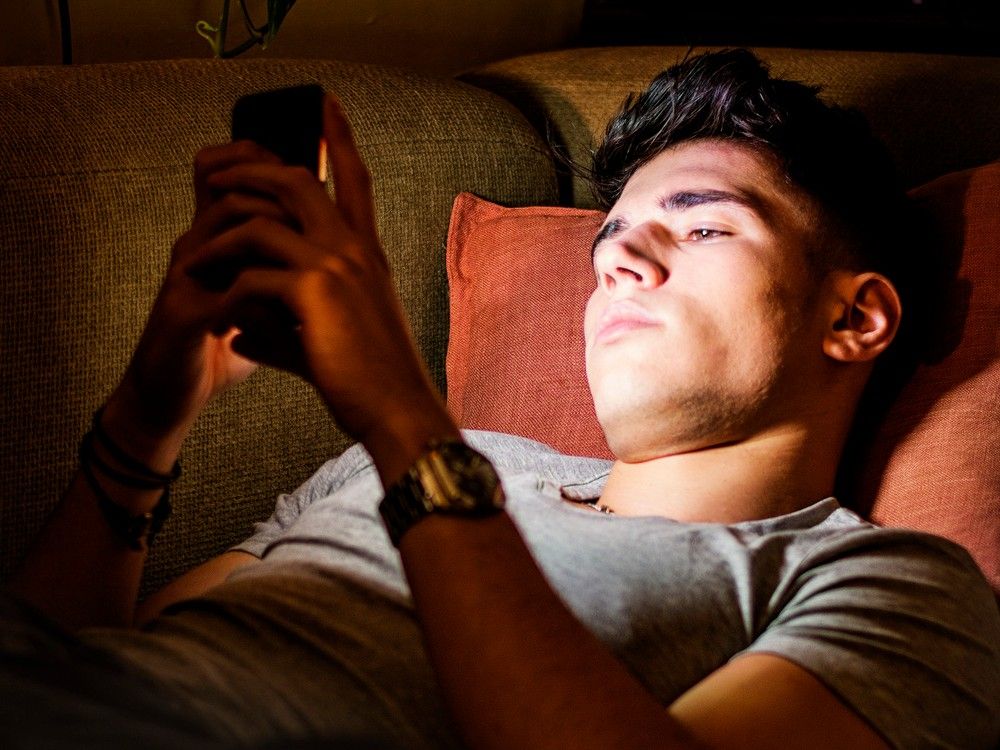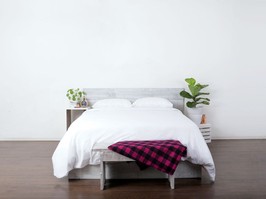tiktok pilots new 'sleep reminder' feature
even though the feature promotes proper bedtimes, experts still recommend that phones stay out of our beds and bedrooms if we want a better quality sleep.
a year of better sleep: how to keep covid from keeping you up at night in 2022
heavier pandemic drinking has likely contributed to a global pandemic of disturbed sleep, according to some sleep scientists.
cbt can help with insomnia too: study
research says cognitive behavioural therapy can eliminate insomnia and significantly lower the risk of developing depression.
 2 minute read
2 minute read








